Land subsidence, either natural or human-caused, causes aquifer capacity to decrease by up to 17 km3 per year globally.
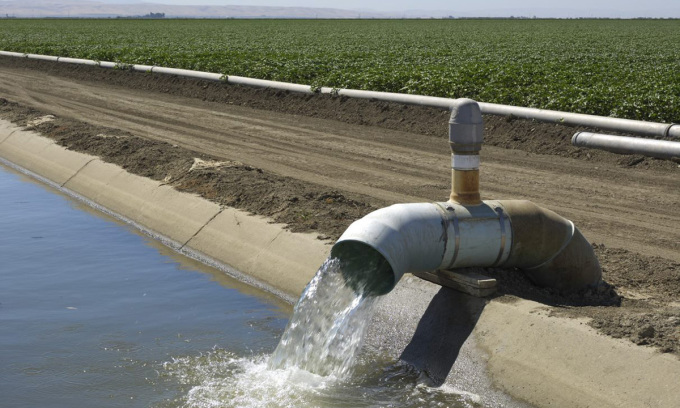
Irrigation system in San Joaquin Valley, California. Photo: GomezDavid/iStock
A team of scientists from the Desert Research Institute (DRI) at Colorado State University and the Missouri University of Science and Technology studied the decline in groundwater storage worldwide due to land subsidence, Interesting Engineering reported on November 7. The new study was published in the journal Nature Communications.
Land subsidence is the lowering of the ground surface due to loss of liquid or solid material from beneath it. This can occur naturally or as a result of human activities, such as mining, oil and gas extraction and groundwater pumping. When groundwater is pumped out of an aquifer, the spaces between the soil and rock particles collapse, reducing the volume and capacity of the aquifer. This causes the land above to sink, sometimes by several metres. Land subsidence can have negative impacts on infrastructure, agriculture , ecosystems and human health.
“Our research puts land subsidence caused by excessive groundwater pumping into a global context,” said Fahim Hasan, a graduate student at Colorado State University.
The study used methods such as remote sensing, modeled datasets, and machine learning to analyze and quantify subsidence. By understanding the mechanisms that cause land subsidence and aquifer collapse, scientists have successfully created maps that accurately predict global land subsidence. The maps are a useful tool for assessing the extent of subsidence in known areas and locating areas with unknown groundwater problems, thereby supporting the development of sustainable groundwater management measures.
The new tool predicts global land subsidence at a high spatial resolution of about 2 km. It also estimates that aquifer capacity is lost at a rate of 17 km3 per year globally. This loss of 17 km3 is equivalent to the size of 7,000 Great Pyramids of Giza in Egypt and is permanent, not recoverable even if groundwater pumping stops.
The study also highlights the need for sustainable groundwater management practices, especially in agricultural lands and urban areas, which account for about 73 percent of the mapped subsidence. “With this new study, we wanted to understand the dynamics of land subsidence globally, at a resolution high enough to help local management agencies,” said study co-author Sayantan Majumdar, a hydrology and remote sensing scientist at DRI.
Thu Thao (According to Interesting Engineering )
Source link








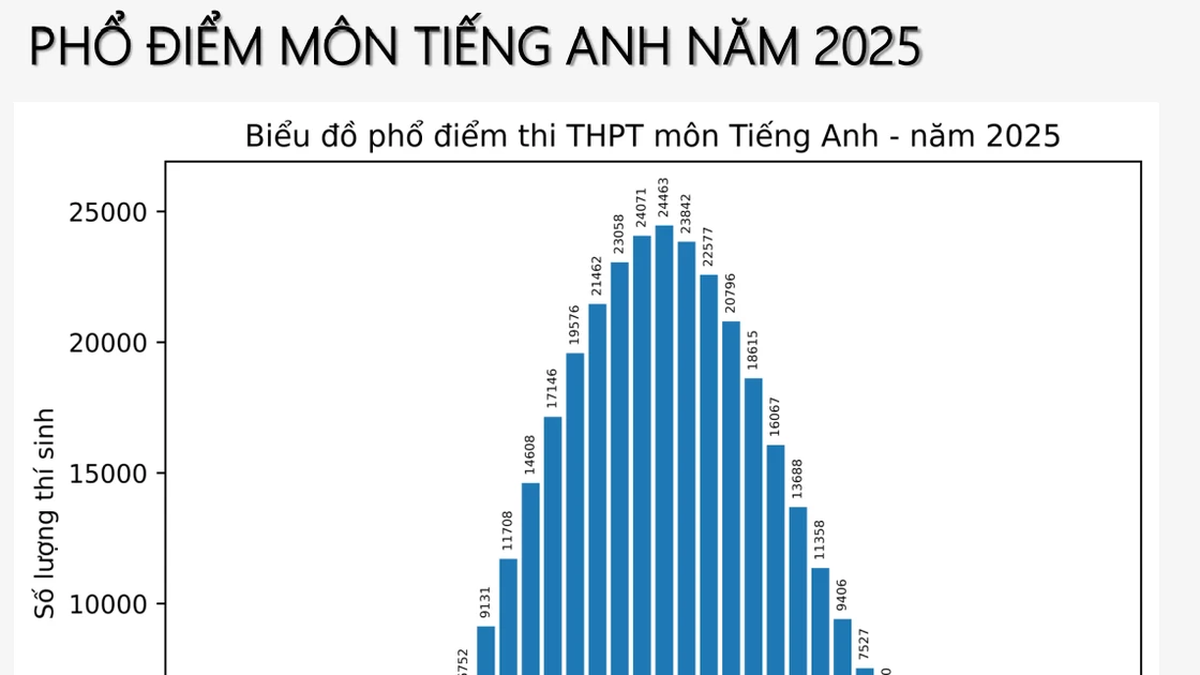
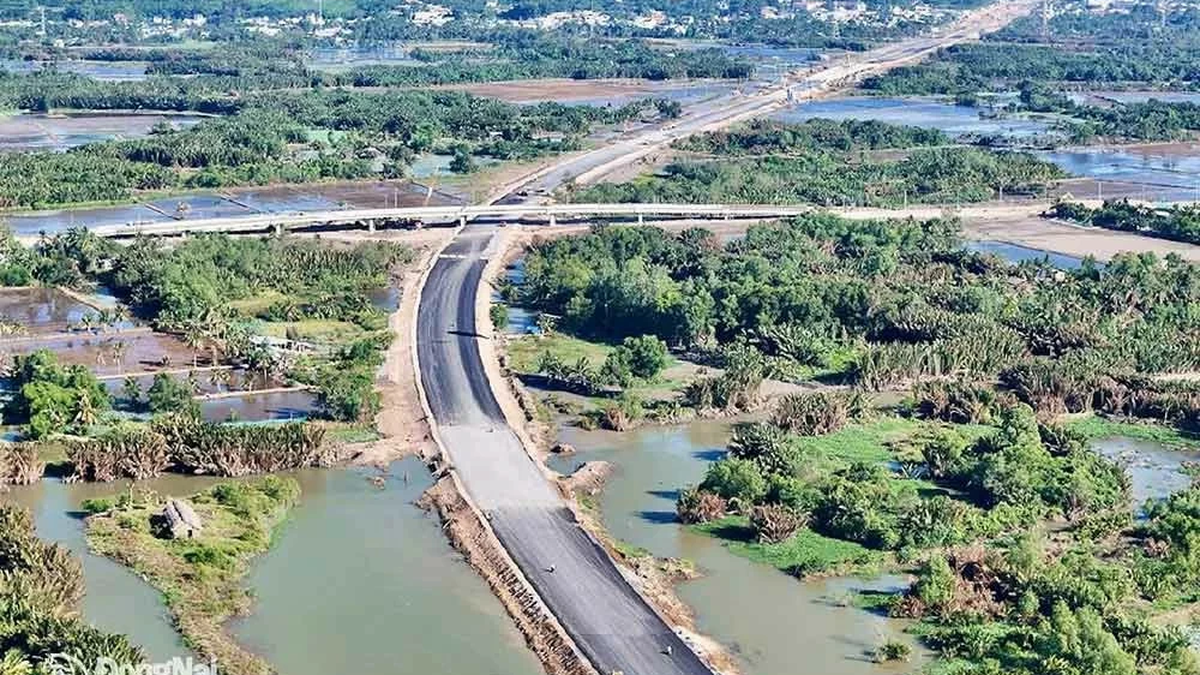

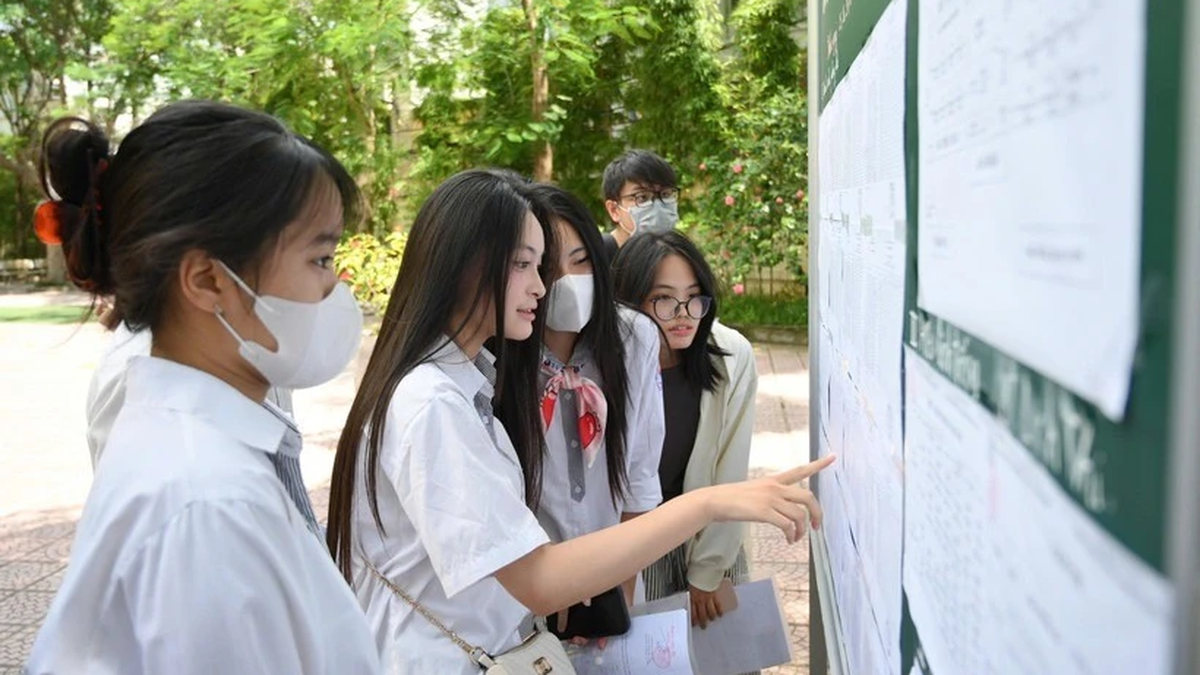












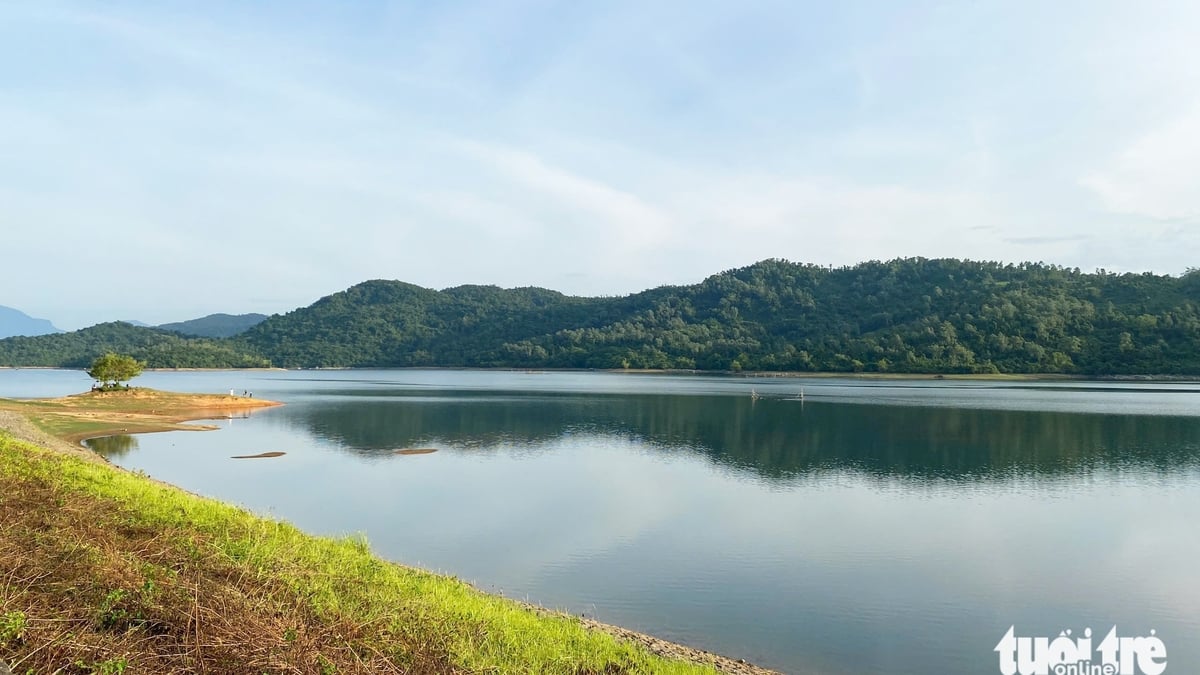






























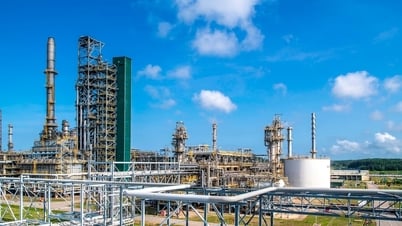













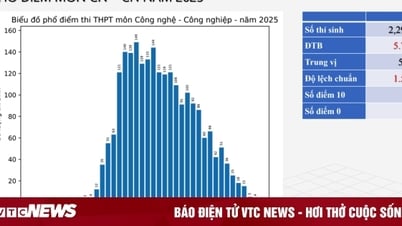







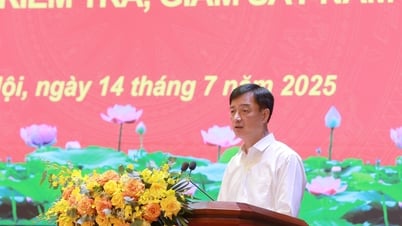

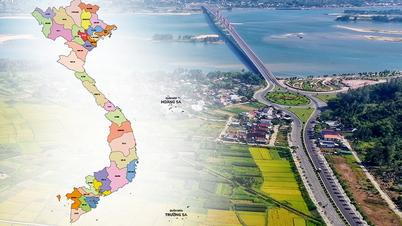


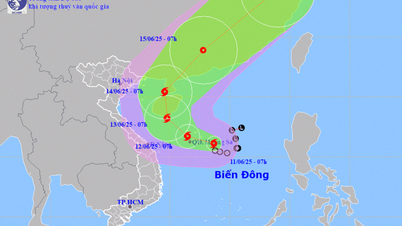








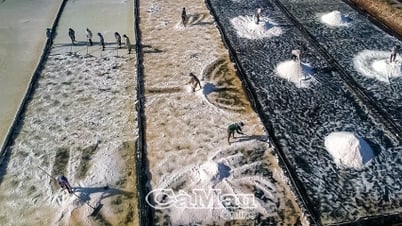










Comment (0)